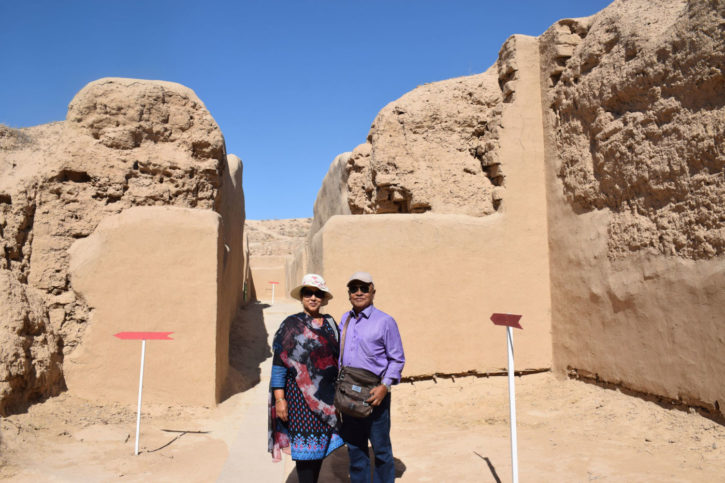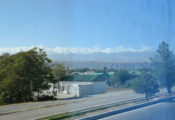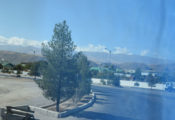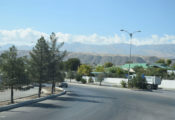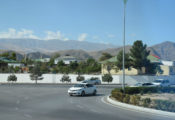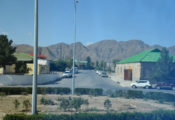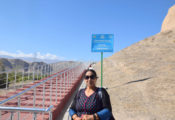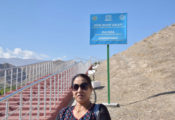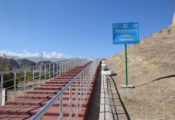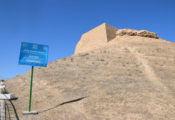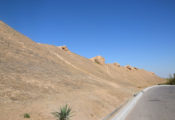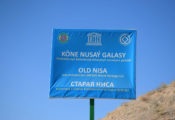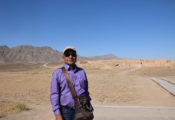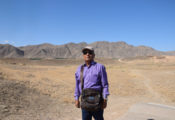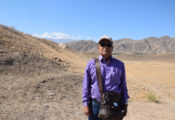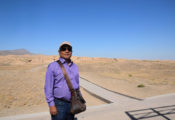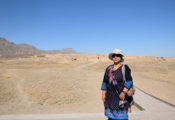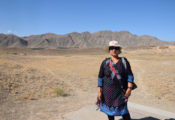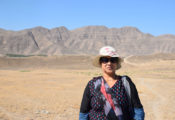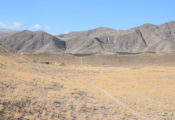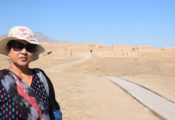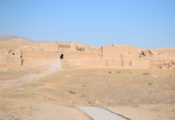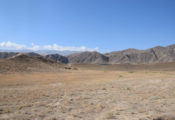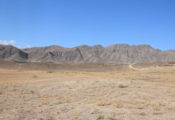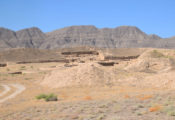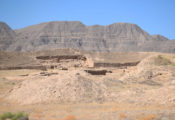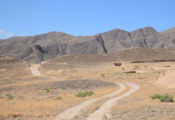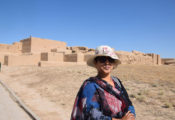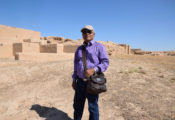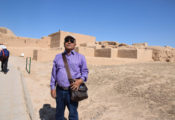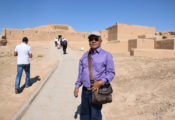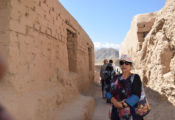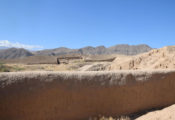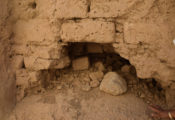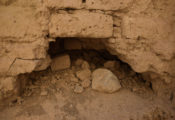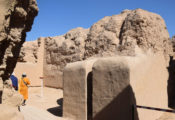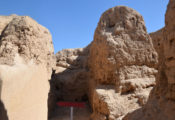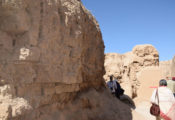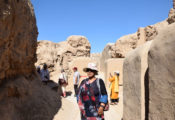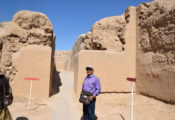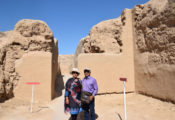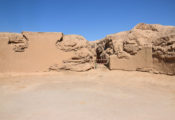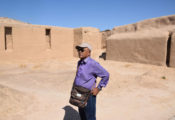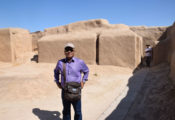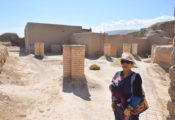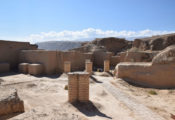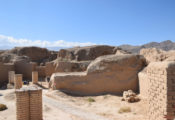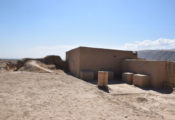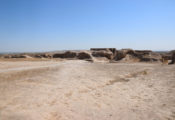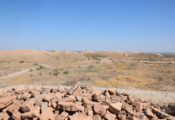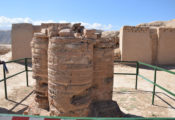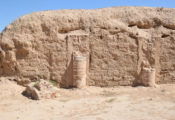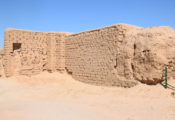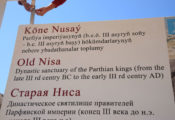Old Nisa, located 18km southwest of the country’s modern capital Ashkhabad near the border of Iran, is thought to have been founded in the 2nd century BC. Nisa was the capital of the Parthian Empire, which dominated this region of central Asia. As such it formed a barrier to Roman expansion, whilst at the same serving as an important communications and trading centre, at the crossroads of north-south and east-west routes. Its political and economic power is well illustrated by the surviving remains, which underline the interaction between central Asian and Mediterranean Cultures.
Excavations undertaken by the Italian Turin Excavations Centre have been underway since 1990, picking up where earlier excavations by the Russians had left off in the 1950-70s. Their fieldwork has revealed invaluable detail about a citadel encircled by fortification walls. The team has investigated two buildings in the main central complex of the citadel: the so-called Round Hall and the Red Building. The Round Hall was once a marvellous building with a central circular hall 17m in diameter. Roofed by a mud-brick dome it is surrounded by corridors on four sides. The Red Building is a monumental structure whose brick-walls are still preserved to a height of about 4m. It covers an area of 40m by 40m with a central columned square central hall that is 16m by 17m.
The Parthian Fortresses of Nisa consit of Old and New Nisa, indicating the site of one of the earliest and most important cities of the Parthian Empire, a major power from the mid 3rd century BC to the 3rd century AD. They conserve the unexcavated remains of an ancient civilization which skilfully combined its own traditional cultural elements with those of the Hellenistic and Roman west. Archaeological excavations in two parts of the site have revealed richly decorated architecture, illustrative of domestic, state and religious functions. Situated at the crossroads of important commercial and strategic axes, this powerful empire formed a barrier to Roman expansion while serving as an important communication and trading centre between east and west, north and south.

